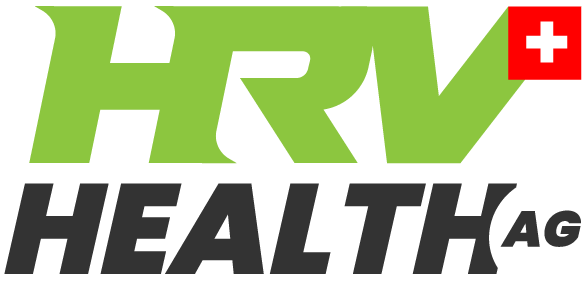We see a familiar pattern with our new users.
Once they’ve done their first reading, they want to test the results. Most people don’t want to wait until tomorrow to take the next reading. So they take another one, and the numbers are different. Then they take another one. The numbers differ again. They start to wonder what is going on. The amount of reading and data seems overwhelming.
To make matters worse they uncover that we discourage multiple readings on a day.
But, we’ve changed our minds a bit about that. In the beginning, taking multiple readings helps users to understand what the numbers mean, and what the metrics are telling them.
We’ve startedd to understand that it’s a good idea for users to take a few readings while they are getting a feel for what works, and what the numbers mean. We’ve even introduced a feature that allows user to keep the best reading for each day. Just click the Keep best button on the HRV result page.
There are so many numbers. What do they mean, and which one should I be looking at, and what should I be looking for? Great question.
The most important metric is the RMSSD. The healthier you are, the higher the number. But RMSSD is on a geometric scale, so someone with an RMSSD of 100 is not 4 times healthier than someone with an RMSSD of 25. Also RMSSD declines with age. If you’re male and 60, an RMSSD of 20 is about average. If you’re male and 30, your RMSSD will be 40, if you’re average. An average 60 year old woman would have an RMSSSD of 43, and 23 for a 30 year old.
The next important number is resting heart rate (RHR). This is a measure of fitness and health. A 30 year old male will have an RHR of 71, and 70 for the 60 year old. For women it’s 76 for the 30 year old and 73 for the woman who’s 60.
But for athletes the numbers are completely different. We have cyclists in their 40s with a RMSSD in the 200s and over 60s with an RMSSD over 100 and resting pulse rates below 40.
That’s what the percentiles are all about. If your percentile is above 50, you’re above average.
Then there are the metrics for the elite athletes. On the frequency page, there is a column called Ellipse area. If you’re having a good day, and you exercise regularly then an Ellipse area over 2,000 means that you’re having a good day. If you’re a cyclist and you have an Ellipse area over 10,000 that’s a good sign.
Ellipse area is also useful for people who are suffering from poor health. When the Ellipse area is below 200, then it’s worth looking at the Poincaré plot. If that looks like a ball, it’s time to take an ECG reading, and see whether the HRV readings are warning you that it’s time to get medical advice.
But before we go there, we need to make sure that the readings are right.
That where the respiratory rate, the reading heart rate and RHR are crucial. A normal respiratory rate is between 10 and 12. Lower numbers are better. Higher numbers are worse. A high respiratory rate is a sign of agitation, and is an indication that the reading is probably compromised because the person is not completely relaxed.
An RHR that is above your recent readings is another indication of a compromised reading. When the average reading heart rate and the RHR differ by more than 5 beats, it means that either the person was not relaxed during, or that they were not fully relaxed when they started the reading. Time to take another reading.
The faster you learn how to take a good reading, the sooner you will start getting meaningful results. So, do some some experiments when you start out, and get a feeling of how to get your best readings. Then press the Keep best button, and use what works for you.
Once you’re comfortable with taking good readings, measuring your HRV will become something you look forward to each day.
